Traditional Souvenir Shops Alternatives: Local Markets & Crafts
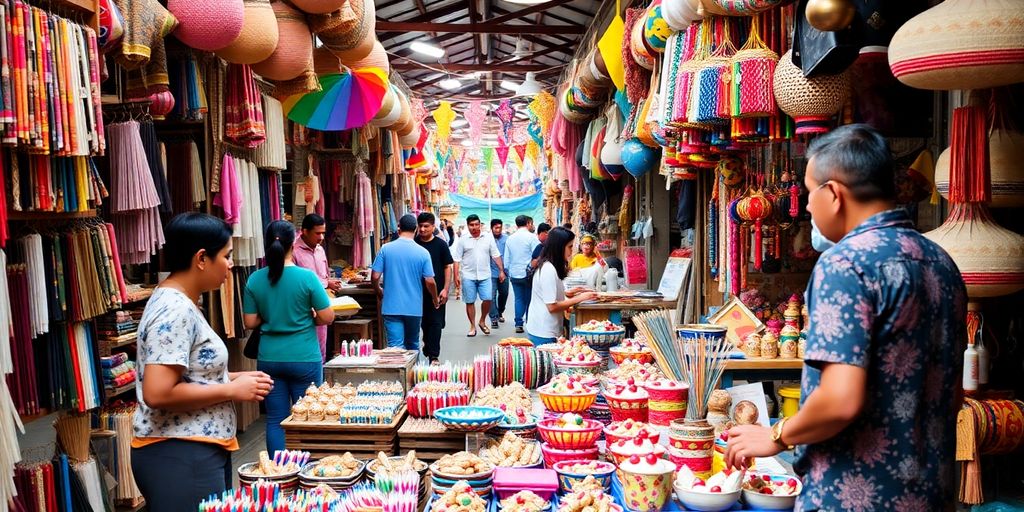
When you think of souvenirs, you might picture the usual shops filled with trinkets and mass-produced items. But if you’re looking for something special, consider checking out local markets and crafts instead. These places are bursting with life and creativity, offering a real taste of the culture and artistry of Fiji. From handcrafted goods to delicious local foods, the alternatives to traditional souvenir shops are not just unique—they’re a window into the heart of the islands.
Key Takeaways
- Local markets are vibrant and full of fresh produce, unique crafts, and local foods.
- Handmade souvenirs tell the story of Fijian culture and craftsmanship.
- Navigating markets is easier with tips like arriving early and having cash on hand.
- Meeting local artisans gives insight into their craft and the history behind their work.
- Night markets provide a lively atmosphere with food, crafts, and entertainment.
Exploring Local Markets for Unique Finds
Local markets are more than just places to shop; they’re vibrant hubs of culture and commerce. You can find items you simply won’t see in typical souvenir shops. It’s a chance to connect with the local community and discover authentic Fijian crafts and foods.
The Vibrant Atmosphere of Local Markets
Stepping into a local market is an experience for the senses. The air is filled with the sounds of vendors calling out their wares, the smells of exotic fruits and spices, and the sight of colorful displays. The energy is infectious, and it’s a great way to immerse yourself in the local culture. It’s a far cry from the sterile environment of a typical tourist shop.
What to Expect When Visiting
Be prepared for a sensory overload! Markets are busy, bustling places. You’ll find everything from fresh produce and seafood to handcrafted goods and clothing. Don’t be afraid to haggle respectfully, and always carry cash, as many vendors don’t accept credit cards. It’s also a good idea to go early in the morning for the freshest produce and a less crowded experience. You can find alternatives to WooCommerce at these markets.
Tips for Navigating Local Markets
- Come prepared: Bring a reusable bag, cash in small denominations, and a sense of adventure.
- Engage with vendors: Ask questions about their products and their stories. You might learn something new and make a connection.
- Be respectful: Remember that you’re a guest in their community. Dress modestly and be mindful of local customs.
Local markets are a great way to support the local economy and find unique souvenirs that you won’t find anywhere else. They offer a glimpse into the daily life of the community and a chance to connect with the people who call it home. Don’t miss the opportunity to explore these hidden gems during your travels.
Handcrafted Souvenirs: A Connection to Culture
When you’re traveling, it’s tempting to grab a mass-produced trinket, but there’s something truly special about bringing home a handcrafted souvenir. These items aren’t just objects; they’re pieces of a culture, made with skill and care. They tell a story, and owning one connects you to the place you visited in a way that a generic keychain never could.
The Art of Tapa Cloth Making
Tapa cloth is a traditional fabric made from the bark of certain trees. The process is pretty cool: the bark is stripped, soaked, and then beaten until it’s thin and flexible. Artisans then decorate the cloth with dyes and patterns, often using stencils or freehand techniques. Each piece of tapa cloth is unique, reflecting the artist’s skill and the cultural significance of the designs. When you buy authentic Italian souvenirs, you’re not just getting a souvenir; you’re taking home a piece of history.
Significance of Wooden Carvings
Wooden carvings are another awesome example of handcrafted souvenirs that carry deep cultural meaning. These aren’t just decorative items; they often represent important figures, stories, or beliefs. The type of wood used, the carving techniques, and the designs themselves can all have significance. For example, a particular carving might represent a deity or a historical event. Owning one of these carvings is like owning a tangible piece of the culture’s narrative. Here are some examples:
- Kava bowls: Used in traditional ceremonies.
- Masks: Often used in dances and rituals.
- Figurines: Represent ancestors or spirits.
Woven Baskets and Their Craftsmanship
Woven baskets and mats are both functional and beautiful. Artisans use materials like pandanus leaves or coconut palm fronds to create these items, employing techniques that have been passed down through generations. These baskets aren’t just for show; they’re often used in daily life for carrying goods, serving food, or storing items. The craftsmanship involved is really impressive, and buying one of these items supports the continuation of these traditional skills.
When you choose handcrafted souvenirs, you’re not just buying an object; you’re investing in the preservation of cultural traditions and supporting the livelihoods of local artisans. It’s a way to bring a piece of the place you visited home with you, while also making a positive impact on the community.
Culinary Delights: Savoring Local Flavors
Traditional Dishes to Try
Fiji’s food scene is a great mix of different cultures. You absolutely have to try traditional Fijian dishes. Think kokoda, which is like a marinated fish salad, and lovo, where they cook meats and veggies in an earth oven. These dishes use local stuff and old-school cooking methods. Plus, there’s Indian and European influence, so you’ll find curries and roti all over the place.
Where to Find Authentic Local Foods
If you want a real taste of Fiji, check out the open-air markets. You can also find great food at the Hibiscus Festival in Suva. They’ve got everything from fresh seafood to tropical fruits. Taste Fiji Kitchen in Nadi is another good spot, mixing traditional Fijian flavors with modern cooking. It’s easy to get to from most hotels in Nadi.
Food Markets: A Taste of Fiji
Food markets are more than just places to eat; they’re a whole experience. You get to see, smell, and taste all sorts of local goodies. It’s a great way to connect with the culture and try things you wouldn’t find in a restaurant. Plus, you can often chat with the vendors and learn about the food directly from them. It’s like a mini-adventure for your taste buds!
Trying Fijian food is about more than just eating. It’s about getting into the culture, understanding what grows there, and enjoying the lively vibe of the markets and food spots.
Supporting Local Artisans Through Your Purchases

Interviews with Local Craftspeople
I love chatting with the people who make the stuff I buy when I travel. It’s way more interesting than just grabbing something off a shelf. Recently, I met a guy who’s been making masks for years, right near Saint Mark’s Basilica. He showed me his workshop and explained how real, handmade masks are different from the cheap ones. Hearing his story made me appreciate the mask I bought so much more. It’s cool to know you’re supporting someone who’s keeping a tradition alive.
The Crafting Process: From Start to Finish
Seeing how things are made is fascinating. I watched a potter in Italy turn a lump of clay into a beautiful bowl. The whole crafting process was amazing. It’s not just about the final product; it’s about the skill and time that goes into it. You realize these aren’t just objects; they’re pieces of art. It makes you want to buy something even more, knowing the work that went into it.
Impact of Supporting Local Communities
Buying local isn’t just about getting a cool souvenir. It’s about helping the people who live there. When you buy from a local artisan, you’re putting money directly into their pocket and supporting their family. It helps keep their traditions going and makes a real difference in their lives. It’s a much better feeling than giving your money to some big corporation. Plus, supporting local businesses is good for the whole community.
It’s easy to forget that our choices as tourists have a real impact. By choosing to buy from local artisans, we’re not just getting a unique item; we’re investing in the community and helping to preserve its cultural heritage. It’s a small act that can have a big impact.
Here’s a simple breakdown of how your purchase can help:
- Provides income for artisans and their families
- Helps preserve traditional crafts and skills
- Supports the local economy
- Encourages sustainable tourism
Night Markets: A Unique Cultural Experience
Night markets are a fantastic way to experience local culture. They offer a different vibe than daytime markets, with a focus on food, entertainment, and unique finds. The atmosphere is usually buzzing with energy, making it a memorable experience.
What to Expect at Night Markets
Night markets are usually held in the evening, obviously, and often stay open late into the night. You can expect a lively atmosphere with street performers, music, and lots of people. The air is filled with the smells of delicious food, and there are usually vendors selling a variety of goods, from clothing to handicrafts. Be prepared for crowds and a bit of chaos, but that’s part of the fun!
Local Foods and Crafts Available
One of the best things about night markets is the food. You can find all sorts of local delicacies and street food. It’s a great way to try new things and experience the local cuisine. Besides food, you’ll also find vendors selling crafts, clothing, and souvenirs. It’s a great place to find unique gifts and support local artisans. For example, in Taipei’s Shilin Night Market, you can find handmade crafts by local artisans.
Entertainment and Activities at Night Markets
Night markets aren’t just about shopping and eating; they’re also about entertainment. Many markets have live music, street performers, and games. It’s a great place to relax, have fun, and soak up the local culture. You might find:
- Traditional music performances
- Street dancers
- Games and activities for kids
- Storytelling
Night markets are more than just places to shop; they are social hubs where locals and tourists come together to enjoy the evening. The vibrant atmosphere and diverse offerings make them a must-visit destination for anyone looking to experience the local culture.
Hidden Gems: Lesser-Known Market Spots
Exploring Off-the-Beaten-Path Markets
Okay, so everyone knows about the big markets, but what about those smaller, more local spots? These are the places where you can really find something special, something that isn’t mass-produced for tourists. I’m talking about the markets tucked away in smaller towns or the ones that only pop up once a month. These hidden gems often offer a more authentic experience and a chance to see what daily life is really like.
Unique Crafts You Can Find
At these lesser-known markets, you’re more likely to stumble upon crafts that are truly unique. Forget the typical tourist trinkets; think hand-carved wooden items, locally made jewelry, or textiles with traditional designs. You might even find someone selling items made from recycled materials or art pieces that reflect the local environment. It’s all about discovering those one-of-a-kind treasures.
Here’s a few things you might find:
- Handmade soaps using local plants
- Baskets woven with unique patterns
- Paintings from local artists
Connecting with Local Communities
One of the best things about exploring these hidden market spots is the chance to connect with the local community. You’re not just buying a souvenir; you’re supporting local artisans and their families. You can chat with the vendors, learn about their craft, and hear their stories. It’s a much more personal and rewarding experience than just grabbing something from a big store.
Taking the time to visit these markets shows respect for the local culture and helps to keep traditional crafts alive. It’s a small thing that can make a big difference.
The Role of Markets in Preserving Traditions

Cultural Significance of Local Markets
Local markets are more than just places to buy and sell; they’re living museums of culture. They showcase traditional crafts, foods, and social interactions that have been passed down through generations. These markets act as a stage where cultural identity is performed and reinforced daily. You can see this in the way vendors display their goods, the stories they tell, and the relationships they build with their customers. It’s a whole experience, not just a transaction. For example, the Suva Municipal Market is a great place to experience this.
How Markets Foster Community Spirit
Markets are hubs of social activity, bringing people together from all walks of life. They provide a space for interaction, exchange, and the strengthening of community bonds. Think about it: where else can you bump into old friends, make new acquaintances, and share stories over a cup of local tea? Markets create a sense of belonging and shared identity. They are places where:
- People connect face-to-face.
- Local news and gossip are exchanged.
- Community events are often planned and promoted.
Markets are vital for maintaining social cohesion. They offer a space where people from different backgrounds can come together, share experiences, and build relationships. This is especially important in today’s increasingly digital world, where face-to-face interactions are becoming less common.
The Future of Traditional Crafts in Markets
Traditional crafts are facing numerous challenges in the modern world, including competition from mass-produced goods and a decline in the number of skilled artisans. Markets play a crucial role in ensuring the survival of these crafts by providing a platform for artisans to sell their wares and pass on their knowledge to future generations. To support this, we need to:
- Promote the value of handcrafted items.
- Provide training and resources for young artisans.
- Support market initiatives that prioritize traditional crafts.
By investing in the future of traditional crafts in markets, we can help preserve cultural heritage and support the livelihoods of local communities. Consider buying handcrafted souvenirs to support local artisans.
Wrapping Up Your Local Market Adventure
So, as you wrap up your trip, think about hitting those local markets instead of the usual souvenir shops. You’ll find unique crafts that tell real stories and support local artisans. It’s a chance to take home something special that’s tied to the culture of Fiji. Plus, you get to meet the people behind the crafts, which makes your souvenirs even more meaningful. Whether it’s a woven basket or a carved wooden piece, these items carry a piece of Fiji with them. So, next time you’re in Fiji, skip the tourist traps and dive into the local scene. You won’t regret it!
Frequently Asked Questions
What can I find at Suva Municipal Market?
At Suva Municipal Market, you can discover a variety of items like fresh fruits, veggies, spices, handmade souvenirs, and local crafts. It’s a great spot to experience the local culture and pick up unique gifts.
What are some must-buy handicrafts in Fiji?
In Fiji, you should definitely look for Tapa cloth, wooden carvings, woven baskets, and mats. These crafts are not just beautiful; they also hold cultural importance.
Where are the best places to shop for souvenirs in Nadi and Suva?
In Nadi, great souvenir shops are near the airport and in the city center. In Suva, the city center has many stores that focus on traditional Fijian crafts, like Jack’s of Fiji and Tappoo.
What traditional Fijian foods should I try?
You should try dishes like Kokoda (a raw fish salad), Lovo (food cooked in an earth oven), and Cassava cake. These meals showcase Fiji’s rich culinary traditions.
How can I support local artisans when shopping in Fiji?
You can support local artisans by buying their handmade crafts. This helps keep their traditions alive and contributes positively to their communities.
What makes night markets special in Fiji?
Night markets in Fiji offer a unique cultural experience where you can enjoy local foods, handmade crafts, and entertainment. They are lively places to explore after dark.
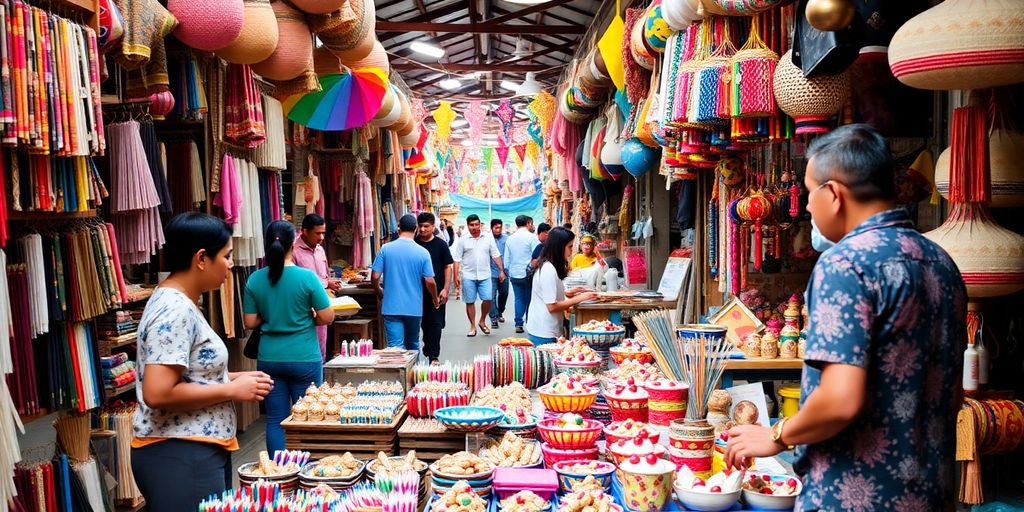
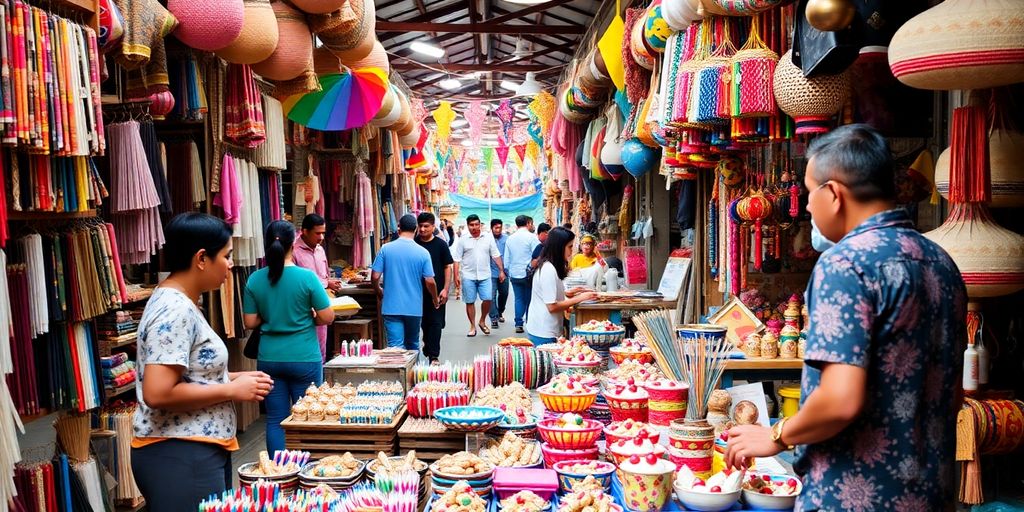
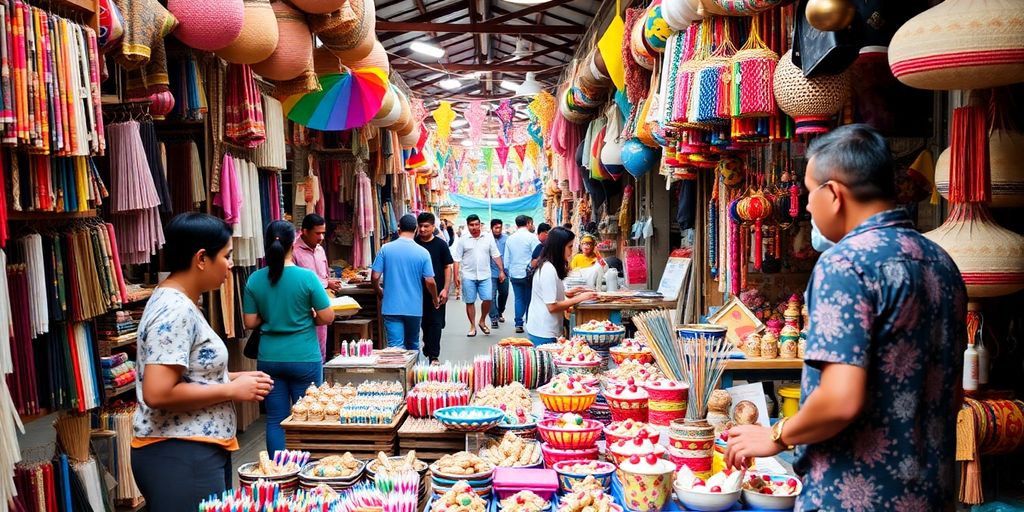


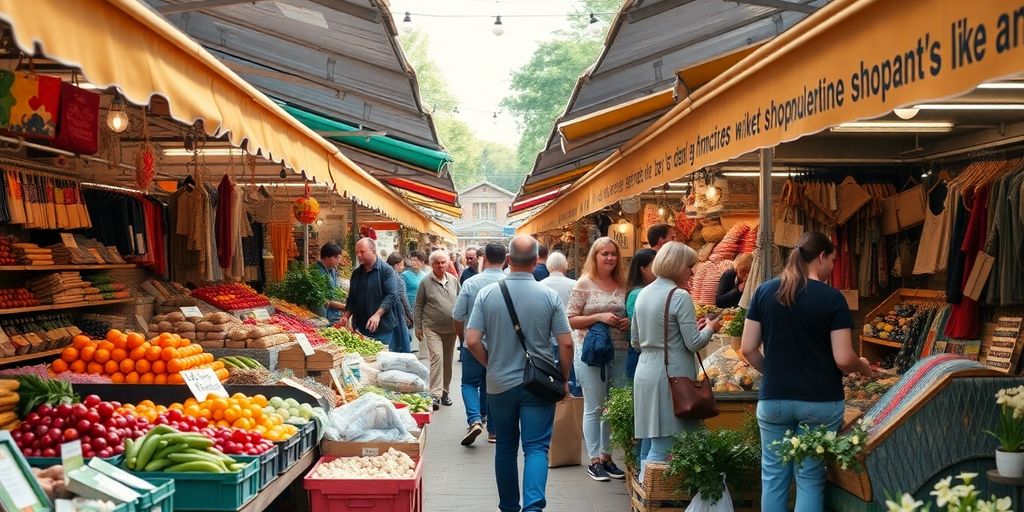
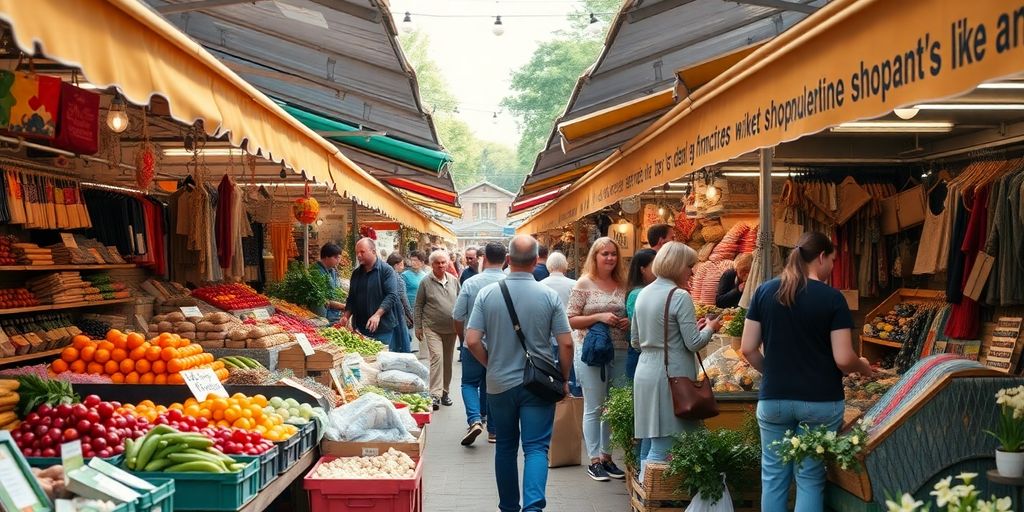
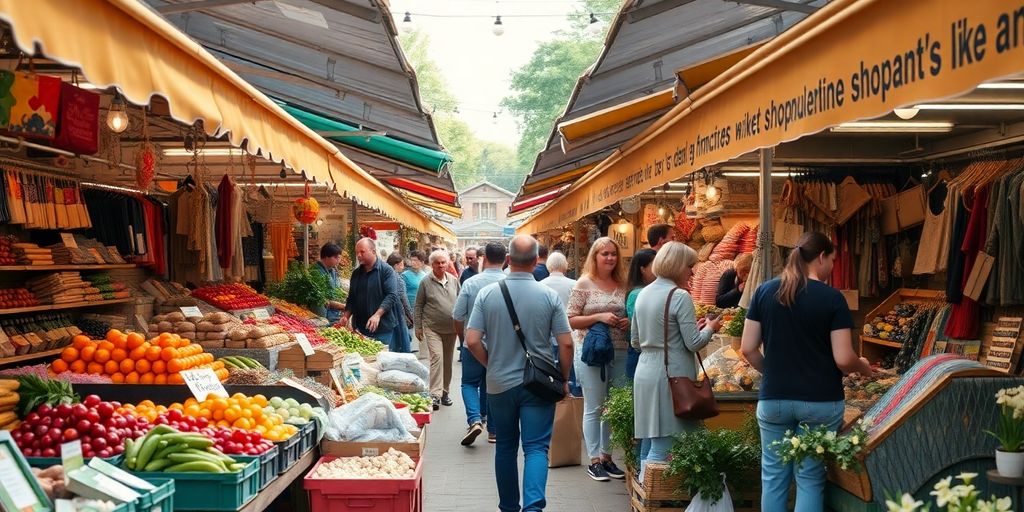
Responses